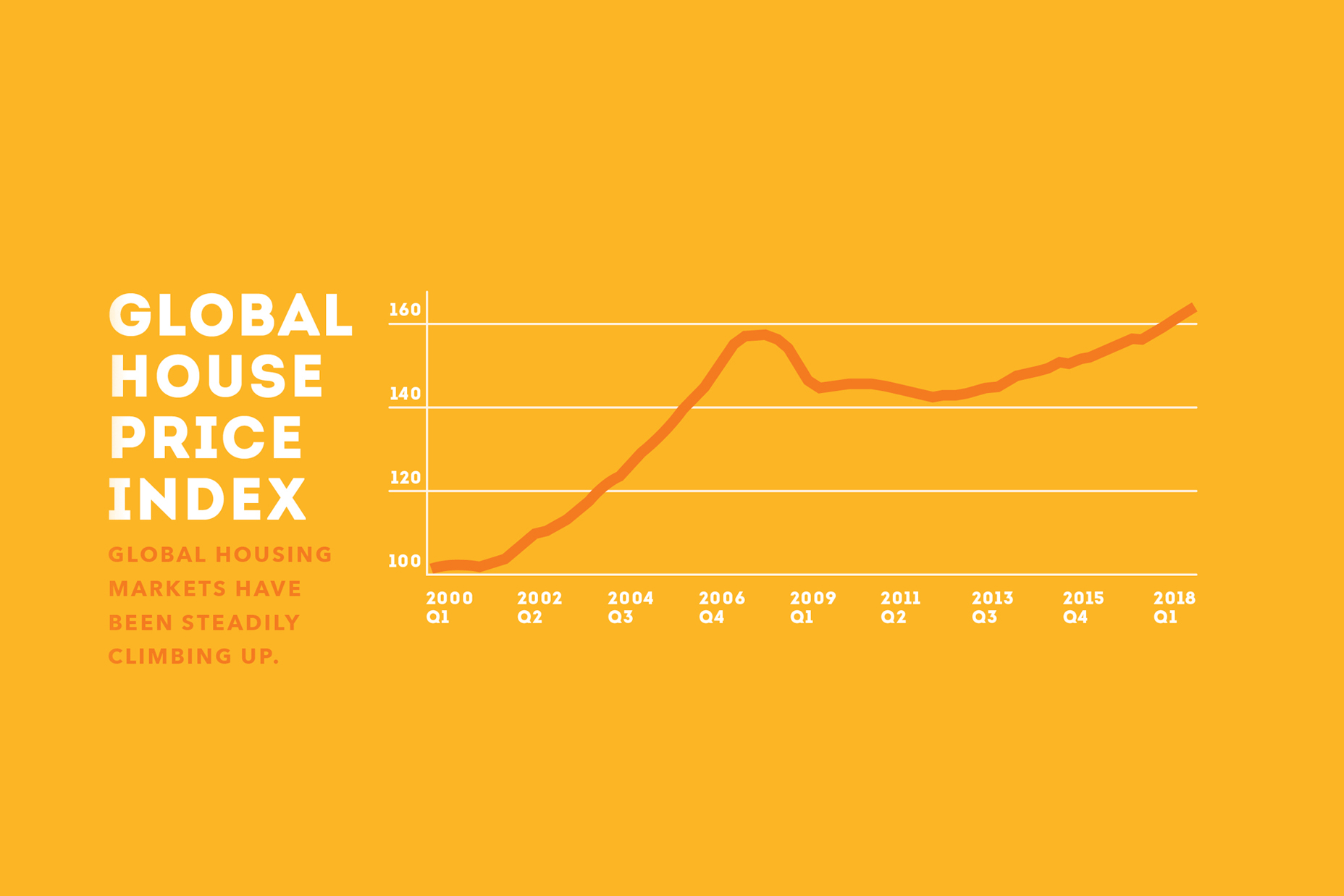An Opportunity for Investors to Fix Our Cities
- by admin
- Comment Off
- 1,413 views

Many people invest in single-family homes, either to fix and flip them for a profit or to rehabilitate them and rent them for a new revenue stream. This has been very profitable in many parts of the country, but not everywhere.
Some cities hard hit by the foreclosure crisis were not successful in attracting outside investors who could have stopped the blight those cities have been contending with for the past decade. There were reasons investors stayed away, including the risk involved in complex deals that would meet the needs of municipalities, homebuyers and investors.
But, a new way of safely investing in homes in urban areas is coming to a city near you soon.
An Unequal Recovery
The real estate crash that began in 2007 is now in the rear-view mirror. We have worked through the subsequent foreclosure crisis, and delinquencies and foreclosure starts have returned to pre-crash levels. Housing prices too have returned to pre-crash levels. And, although home price appreciation is slowing, American homeowners now hold nearly $6 trillion in home equity.
Still, not everyone has enjoyed a similar recovery. The International Monetary Fund’s Global House Price Index, an average of real house prices across 57 countries, shows a net increase since the turn of the century, but there are still many areas around the world, called “gloom” sectors, where they have not.
In America, even more than a decade after the crash, we still find these areas, mostly situated in our larger cities. Efforts are underway to help the hardest hit of these urban areas recover. This is a fantastic opportunity for real estate investors.
Ongoing Struggle
One of the first people to see these problems was home finance industry veteran Donald Maxwell, managing partner at M2 and former director of Fannie Mae’s National Property Disposition Center. He has decades of experience in moving real estate off investors’ balance sheets and back into the ownership of families pursuing the American Dream.
Maxwell realized that neither cities nor community-based organizations had the technology to manage this process. That’s why he asked us to partner with M2 to participate in a program that would make a complete default and asset management solution available to nonprofits, giving them the power to acquire, rehabilitate and sell real estate in order to rebuild their communities.
Maxwell is the consultant tying together for-profit and nonprofit investors to work with mortgage servicers and asset management companies using the real estate disposition software Exceleras. It was created to help mortgage servicers move REOs off their balance sheets. The team then took that into the cities hardest hit by the downturn to help heal their communities.
In order to test the solution, our companies participated in a pilot program initiated by HUD Secretary Ben Carson that had as its goal the stabilization of neighborhoods impacted by Hurricanes Harvey, Irma, Maria and Nate. Over 1.18 million mortgage properties were damaged by Harvey with estimated UPB (unpaid principal balance) of $179 billion. More than 3.14 million mortgage properties were damaged by Irma with UPB of $517 billion, potentially $85 billion in damage to Puerto Rico because of Maria.
The program was designed to allow a consortium of nonprofits to acquire nonperforming loans at a discount, under the supervision of the Office of Management and Budget, in these communities. Through the HPE model, private capital partners were allowed to help nonprofits acquire nonperforming loans (NPLs). This brought relief to homeowners and neighborhoods impacted by the storms.
But it only worked because there was transparency built into the process. That’s what investors need to look for.
The Opportunity for Investors
According to Realtor.com, several cities made it through the downturn thanks to investors who were willing to step in, rehabilitate homes and then resell them into the market for a profit. Nashville, Denver, Tampa, Phoenix and New Orleans all made the publication’s top 10 list of cities for home flipping.
But what happened to the real estate in other urban areas that investors didn’t find as promising?
Without investors to step in and buy up distressed assets, the cities ended up taking those properties back, many at auction for overdue property tax. Hundreds of homes in cities around the country were razed in the hope that the land beneath them might attract investors. Meanwhile families there kept looking for homes to buy.
The investors didn’t come because they couldn’t clearly see the opportunity and how they would profit from what could be considered a complicated transaction. The first requirement of an engine that will attract investors to
rejuvenate our cities is full transparency. By seeking out community-based organizations to partner with that have the technology to provide full transparency, investors can participate in the rebuilding of our cities and profit in the process.
This software exists today and was instrumental in helping the nation’s mortgage loan servicers move hundreds of thousands of properties back into the market after foreclosure. It is now allowing those working to save these communities to attract funding, hire and manage rehabilitation companies and then work with real estate agents to sell these properties back into the market.
Cities that use this type of technology will be in a position to offer the best opportunities for investors in the future.

Michael Harris
Michael Harris is president and CEO of Glencoe, Illinois-based Exceleras, developers of the DispoSolutions real estate asset management platform. He can be reached at michael.harris@exceleras.com.













